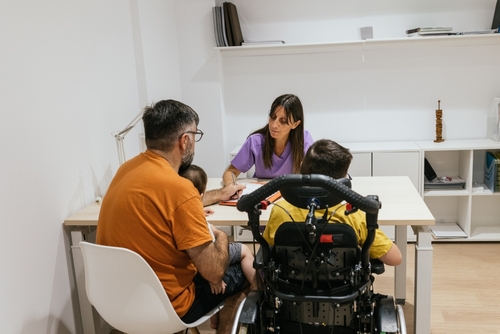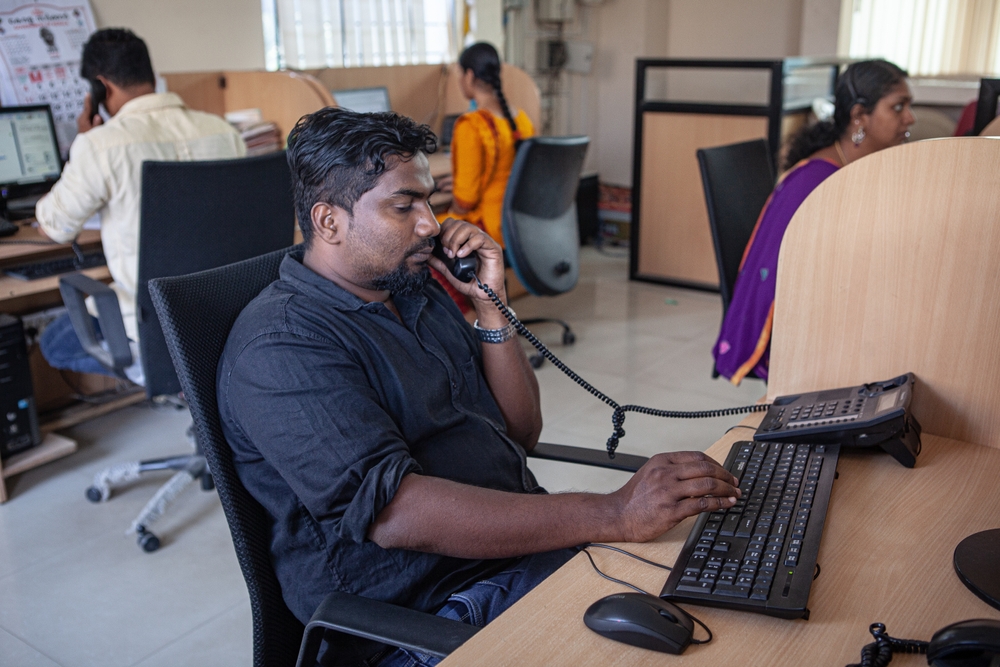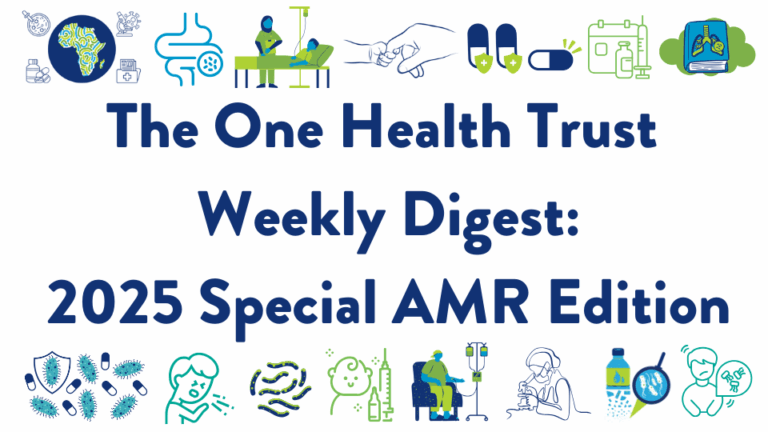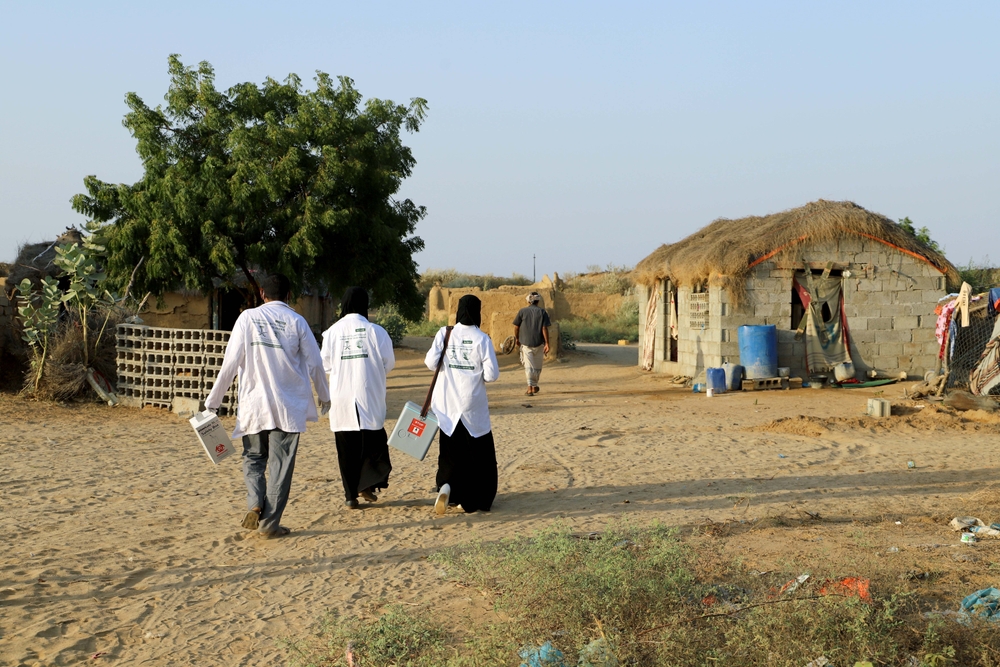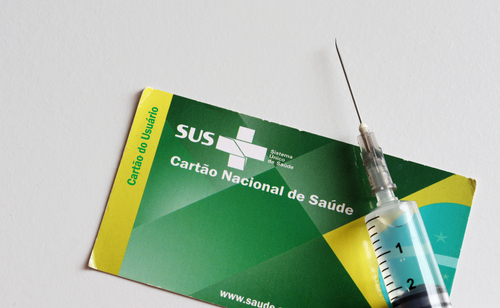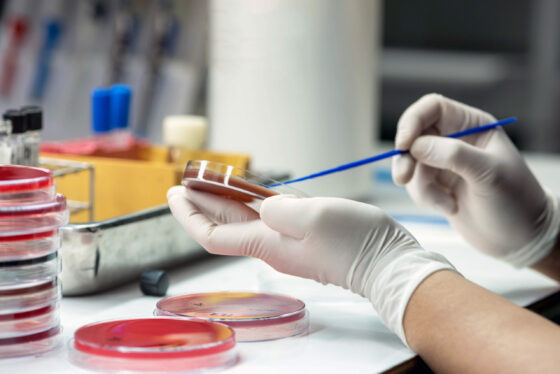October 14, 2013
A roundup of news on drug resistance and other topics in global health.
In a video for Battling Superbugs, CDDEP Director Ramanan Laxminarayan talks about how bacteria have become resistant to antibiotics, why we don t have new antibiotics to fight drug-resistant bacteria, and the threat of increasing antibiotic resistance.
Talking to CNN-IBN on the encephalitis epidemic in Uttar Pradesh, India’s most populous state, Dr. Laxminarayan says that the government should work on improvements in sanitation, public health infrastructures, and better civic facilities to combat the problem. In another recent video produced by GAVI Alliance, Dr. Laxminarayan had talked about the importance of investing in childhood immunization in India. [First Post]
Updates from the clinical trial of RTS,S, a malaria vaccine currently being developed by the Gates Foundation, PATH, and GlaxoSmithKline, show that after 18 months of vaccination, the vaccine has reduced the number of cases in young children (five to 17 months old when first vaccinated) by 46% and by 27% in infants (6 weeks to 12 weeks old when first vaccinated). [The New York Times, The Economist]
New research published in the Proceedings of the National Academy of Sciences (PNAS) describes a novel 3-D printing method that helps to better approximate the conditions that bacteria encounter in actual biological environments, such as those in the human body to study how bacterial communities interact and develop infections. [Phys.org]
While the US federal government continues to shut down, a CDC report shows that a new Salmonella outbreak, which has also been caused by strains resistant to multiple antibiotic classes, has infected about 320 persons in 20 US states and Puerto Rico. [LA Times, Think Progress, Wired Superbug]
A study published in Nature Chemistry introduces light-sensitive antibiotics that could be switched off after a few hours of use to help prevent environmental contamination, antibiotic resistance, and the killing of friendly bacteria. [BBC]
Results from a new study published in JAMA show that universal glove and gown use in ICUs did not result in a [statistically significant] difference in the primary outcome of acquisition of MRSA or VRE, even though there was a significant reduction in MRSA acquisition when evaluated separately. [Time]
To combat the growing threat of malaria, including its drug-resistant forms, leaders from the Asia-Pacific region have endorsed the creation of an alliance against malaria. [WSJ Blogs]
Early human trials of a new malaria vaccine based on a genetically modified version of the parasite have shown it to be effective at low doses. The proof of concept study was published in Vaccine. [SciDev]
A new study presented at IDWeek and published in JAMA Internal Medicine finds that, despite recent campaigns to reduce unnecessary antibiotic use, prescriptions of these drugs for sore throats and bronchitis remain startlingly high. [Examiner]
An educational video from Stanford School of Medicine and Khan Academy explains strategies to prevent the transmission of tuberculosis. Another video describes types of drug resistance in TB. [Khan Academy]
A Huffington Post op-ed calls on Walmart to help end indiscriminate abuse of antibiotics on factory farms and keep supermarket meat free of antibiotics. [The Huffington Post]
An article in Pacific Standard magazine details the dangers of antibacterial soaps and household products in spreading resistant bacteria. [Pacific Standard]
The CEO of Malaria No More spoke at the Social Good Summit 2013 about the potential of mobile-based health interventions to help defeat malaria. [Malaria No More]
At the 5th World Health Summit in Berlin, Duke University and ReAct Group are organizing a workshop called Innovating to Tackle Antibiotic Resistance: A Grand Challenge for a Complex System. The workshop will take place on October 22. [ReAct Group]
Image via Flickr/pathphotos

